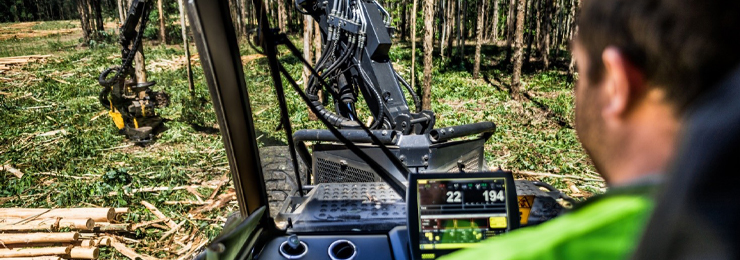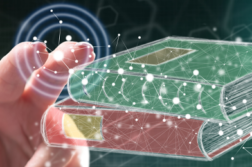What are the competences our students will need in the course of their career? First immediately upon graduating to find employment for which they have the adequate skills set, and later on in life to be able to adapt to changes and have the needed abilities for life-long learning? This is the key question for anyone developing curricula. One of the ways to find an answer is to run a foresight process.
Foresight process can be defined as “a networked process of foresighting for example regional professional skills, competences and training needs” (Ojala et al. 2022). The foresight work is not a prediction of the future, but an attempt to outline alternative future development scenarios and the related opportunities and challenges they bring to the industry and training in a region or country.
There are undoubtedly several ways to proceed for foresight work. One of the most practical ones is one used at South-West Finland Foresight Academy and in which Finnish teachers of different professions are invited to train themselves in. In Finland the training is supported by the National Agency of Education and its aim is described as “to strengthen the foresight skills of teaching and guidance staff by familiarizing them with the future of work, the methods of foresight competence, sustainable development and the effects of technology and digitalization on education… the participants will receive concrete tools for planning and implementation of future-oriented teaching” (HAMK, n.d).
This methodology was chosen to be further deepened and tested in an international setting as a collaboration project between the tertiary forestry studies of Universidad de Trabajo del Uruguay (DGETP-UTU) and Häme University of Applied Sciences (HAMK), in tight collaboration with the Association of Forestry producers of Uruguay (Sociedad de Productores Forestales (SPF), as the collaboration between education institutions and world of work is a paramount ingredient of a successful foresight process.
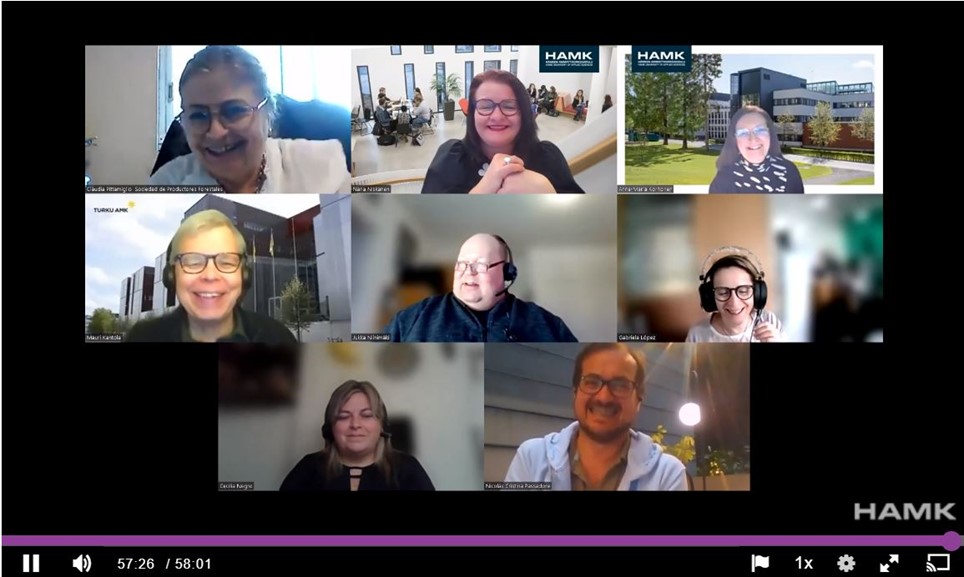
Before this project, important steps have been taken in the fundamental processes that sustain the foresight work. First, in reviewing the pedagogical and curricular foundations of forestry education at UTU. Second, in creating the formal link between education and the world of work in an organized framework, by creating a Technical Committee in Forestry (Mesa Técnica Forestal), between the key educational actors and the industry representative associations. These steps were taken during the three–year project “Talents and Skills for the Agroforestry Sector in Uruguay” financed by the Inter-American Development Bank (IADB). The project also created and consolidated the partnership between HAMK and UTU and laid the ground for this type of efficient and smooth collaboration the execution of a cross-border foresight process training and implementation requires. The project is financed by Team Finland Knowledge fund of the National Agency of Education of Finland and is expected to increase the competence for implementing and training in foresight processes for tertiary education both for HAMK and UTU. Its application onto the forestry sector was a natural choice given the collaboration between the two institutions in the field, and the strategic importance of forestry in both countries. However, it is clear that the learnings of the process can later be applied in any sector or sub-sector, and thus the results of the process are genuinely sustainable.
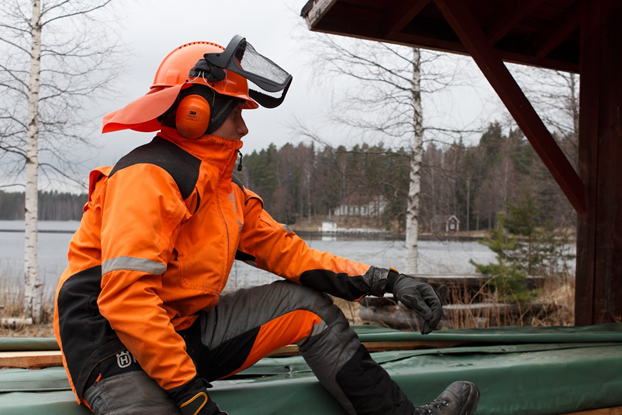
The key element of success of the foresight process lays in collaboration, and the choice of participants, that need to include experts on forestry education, and experts of competencies in chosen fields of forestry from the industry side. The collaborative methodology is divided into three main stages, and the participants, once divided into groups, are guided through the process, step by step, by HAMK and South-West Finland Foresight Academy experts. The theoretical framework of Participatory Action Research (PAR) lays the foundation for sustainability in the project. It ensures that project actors and stakeholders are engaged and take responsibility in the processes, and that development activities are co-created and co-owned.
The foresight process methodology training and pilot implementation is in our opinion a true opportunity for any country or sector willing to improve their graduates’ chances to a decent and moreover rewarding professional life, and a good career start. It is the first step to fix the gaps between the needs of the world of work and education, one sector at a time, and prepare the ground for future evolution of skills and sectors.
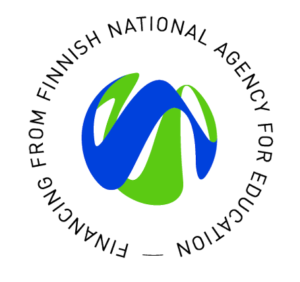
Author
Nana Niskanen, Education Development Project Manager, HAMK Global Education

